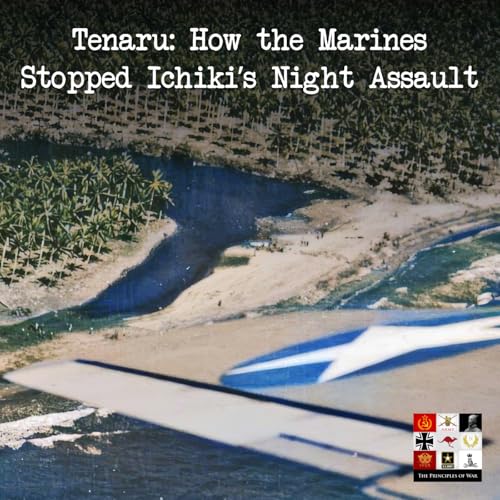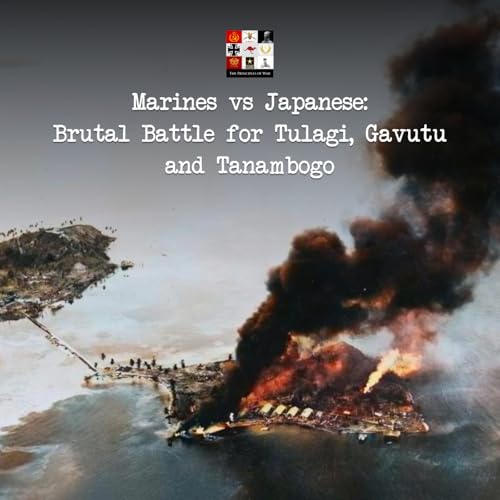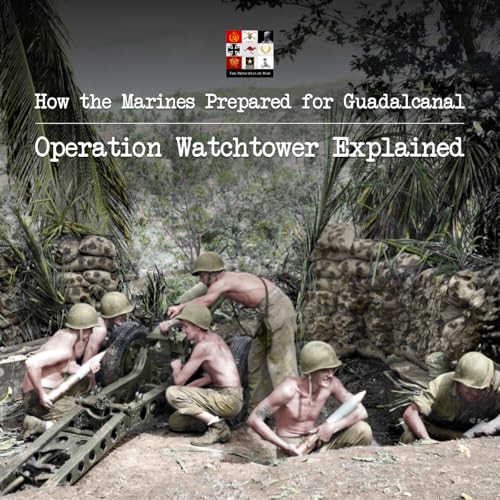This is the final episode of three in our series from our interview with Retired Colonel John Antal discussing his research into contemporary combat and how technology is changing the modern battlefield.
John makes a series of great points during the interview:
Modern War Is Fought in a Transparent Battlespace
Visibility through drones, sensors, and AI means traditional massing of forces is now lethal. You must deceive and disrupt enemy sensors or be destroyed.
Masking Should Be a Principle of War
Masking = multi-domain deception to confuse enemy ISR. Use decoys, optical/thermal camouflage, and emission control—make the enemy see what you want them to see.
Camouflage and Concealment Are Critically Neglected
Western armies (incl. U.S. and Australian) have virtually no meaningful camouflage training. Without drones for perspective or thermal checks, soldiers can't learn what the enemy sees.
Command Posts Are Death Traps
Tents and Winnebago-style mobile HQs are vulnerable to drone and artillery strikes. Forces must restructure command posts: smaller, distributed, better masked, and mobile.
Infiltration Is the Primary Tactic of Modern War
Seen in Nagorno-Karabakh, Ukraine, and Gaza, infiltration bypasses strongpoints and succeeds in high-transparency environments where massing is suicidal.
Mobile Phones Kill Units
Civilian phones constantly emit signals. Unless militaries ban personal devices or deploy secure comms, they invite precision targeting.
Drones Are the Machine Guns of the 21st Century
Drones must be ubiquitous, especially at the squad level. But to manage this, armies need a dedicated drone corps—trained, maintained, and operationalised like any combat arm.
Resilience Beats Exquisite Systems
Over-reliance on billion-dollar platforms (e.g., B-2s, F-35s) is a strategic risk. Operation Spiderweb Cheap drones can destroy exquisite systems. Forces must be able to take hits and continue fighting.
Training Is Outdated and Unrealistic
Many exercises simulate conventional war (e.g., Desert Storm) rather than dispersed, dark, denied environments. We fall to the level of our training—not rise to our expectations.
Leaders Must Prepare for First Strike and Distributed Ops
The enemy will hit first. Western forces must train to disperse, operate without emissions, reassemble fast, and strike with real-time decision-making. The key: agility, initiative, and survivability.
Check out the show notes for all of the information that we cover in this episode as well as the images and other details that didn't make it into the podcast.
 43 min
43 min 46 min
46 min 59 min
59 min Sep 23 202547 min
Sep 23 202547 min 50 min
50 min 44 min
44 min Aug 7 202539 min
Aug 7 202539 min 31 min
31 min
